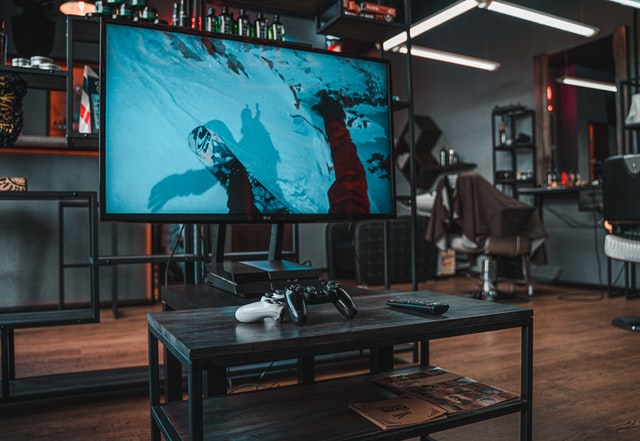What is the role of a home theater receiver? If you asked this question many years ago, the answer would be pretty different from today. Years back, a home receiver only dealt with audio input switching, providing power to the speakers, and a few other things. However, home theater receivers of today do all of that and more. Many receivers now even do video switching, and some can even process and upscale videos.
That being said, home theater receivers may offer connection options like HDMI, S-Video, and more. This might cause you to think that you should be connecting all video signals to it. The answer to that primarily depends on the type of receiver you have. Sometimes, you can bypass the receiver entirely or connect it to the home theater receiver. Sometimes, you may not even have the option to connect it to the receiver.
However, what if you can connect all your video sources to the home theater receiver? Should you connect them? In this article, we’ll talk about why you might do so:
Cable Management
If you’re crazy about cable management, then using your home theater receiver is almost a must. Nothing beats having only one cable connecting to your TV that carries both audio and video, while all the other wires are hidden behind the receiver. This is all thanks to the receiver’s capability of handling both video and audio data, not to mention the HDMI cable that is also built to do so.
You no longer have to worry about multiple audio and video wires to connect and remove behind your TV. Now, everything is connected to the receiver, where only one cable connects it to your TV.
Control Simplification
Taking the entire setup as a whole, using a home theater receiver is much easier to manage than fussing over different connections and wires to connect to the TV. In fact, without a receiver, trying to switch video input wouldn’t be your only worry. Trying to switch to the correct audio input is another task you have to deal with.
In other words, not having a receiver adds extra steps when trying to switch audio and video inputs. On the other hand, a receiver allows you to switch video and audio input all in one go!
Video Processing Improvements
Depending on the setup, a home theater receiver may improve the watching experience. As mentioned earlier, some receivers can process and upscale lower resolution signals. This allows cleaner and higher-quality signals to be sent to the TV, allowing you to watch videos without compromising quality.
Take note that this depends on the receiver you are working with. It may also depend on the TV you have. However, in most cases, if the source doesn’t output as high of a resolution as what the TV can handle, a good receiver can improve its quality.
Conclusion
At the end of the day, whether or not you connect all your audio and video input into the home theater receiver will entirely depend on the capabilities of your TV, the receiver, the video sources, and more. To add to this, whichever strategy is more convenient to you, do it that way, whether to connect the inputs to the receiver or straight into the TV.
If you are interested in enjoying some of the benefits we mentioned above, take the time to research what kind of receiver will work best for you. Remember, it all depends on your setup, and some solutions may work better for you than others.
SAVI A/V Specialists are audio and video experts in Birmingham, providing solution-based, quality systems with expert service and installation. If you are looking to set up home theater systems in the best way possible, work with us today!

